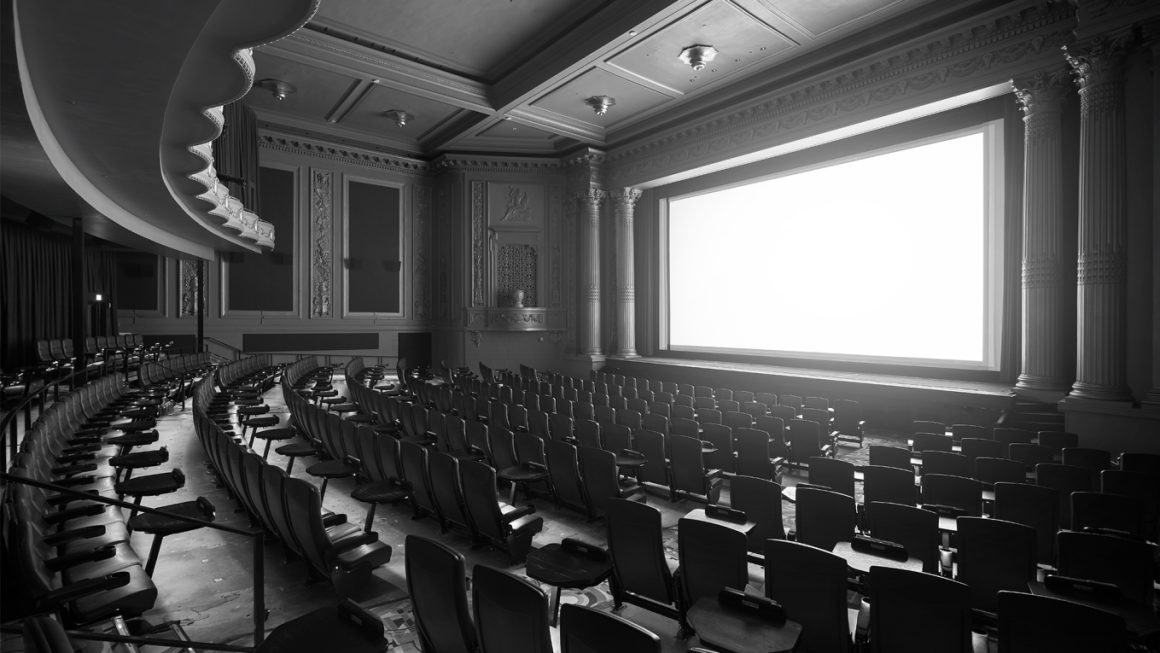Optimizing a website involves a wide variety of elements to consider: natural referencing, highlighting the products presented or even graphics.
Each of these factors plays a role in allowing you to achieve your goals (communicate, sell, increase the number of customers …). But the user experience is arguably one of the most important factors in increasing your conversion rate.
User experience and conversion rate: what is it?
The user experience, or User experience in English, includes all the elements that impact how visitors feel when they visit a website. This notion can thus cover the ease of navigation, the aesthetic aspect of the site, the personalization of the information given or the quality of the content offered. It is also referred to by the term UX design.
The goal of UX design is to ensure the best possible experience for visitors. It is therefore a matter of putting people back at the heart of your digital strategy.
Conversation rate is the ability of your website and its content to convert visitors into leads or prospects. The ‘ optimization conversion rate therefore aims to improve your website so that visitors perform the actions you have defined. This could be subscribing to a newsletter, learning about an ongoing promotion or simply buying a product.
Why does UX Design directly impact your conversion rate?
A company’s website is more than just a storefront to sell products. It is a full-fledged experience for the visitor that will influence the entire customer journey. The more satisfactory it is, the more likely he is to carry out the expected actions, such as filling out a form or making a purchase. Conversely, if it causes negative emotions (annoyance, impatience or incomprehension, for example), visitors will leave the site quickly, without having carried out any of the actions that you had determined.
The benefits of a successful user experience
The goal of UX design is to optimize the design of the website to make it intuitive and satisfying. This satisfaction depends on several criteria, such as:
- The site is visually pleasing (harmony of colors, choice of illustrative images, etc.);
- Navigation is simple: the visitor intuitively finds where to click to access specific content;
- The pages are displayed quickly: the content loading speed must be fast so as not to cause impatience;
- The quality of the content: they answer the questions that visitors ask themselves (what, how, why, at what price …), are clear and easy to understand. Their relevance is also decisive, they must correspond to what the user thought they would find when they clicked on the link.
These elements directly impact your conversion rate. UX design is not just about offering a good experience to visitors, it is also a lever to push them to accomplish specific actions that you have determined. It thus plays an important role in the conversion funnel.
The risks of a bad user experience
If you have not sufficiently optimized the UX design of your site, it will have many negative consequences:
- Bad brand image;
- Bad bounce rate, this means that the user will leave the site without having visited other pages, which will also have the effect of lowering your natural referencing in search engines;
- Few sales;
- No customer loyalty.
And, of course, visitors won’t take the actions you expect. You are therefore not achieving your objectives (increasing sales or the number of customers, building customer loyalty, etc.).
Get More information about Social Media Marketing





